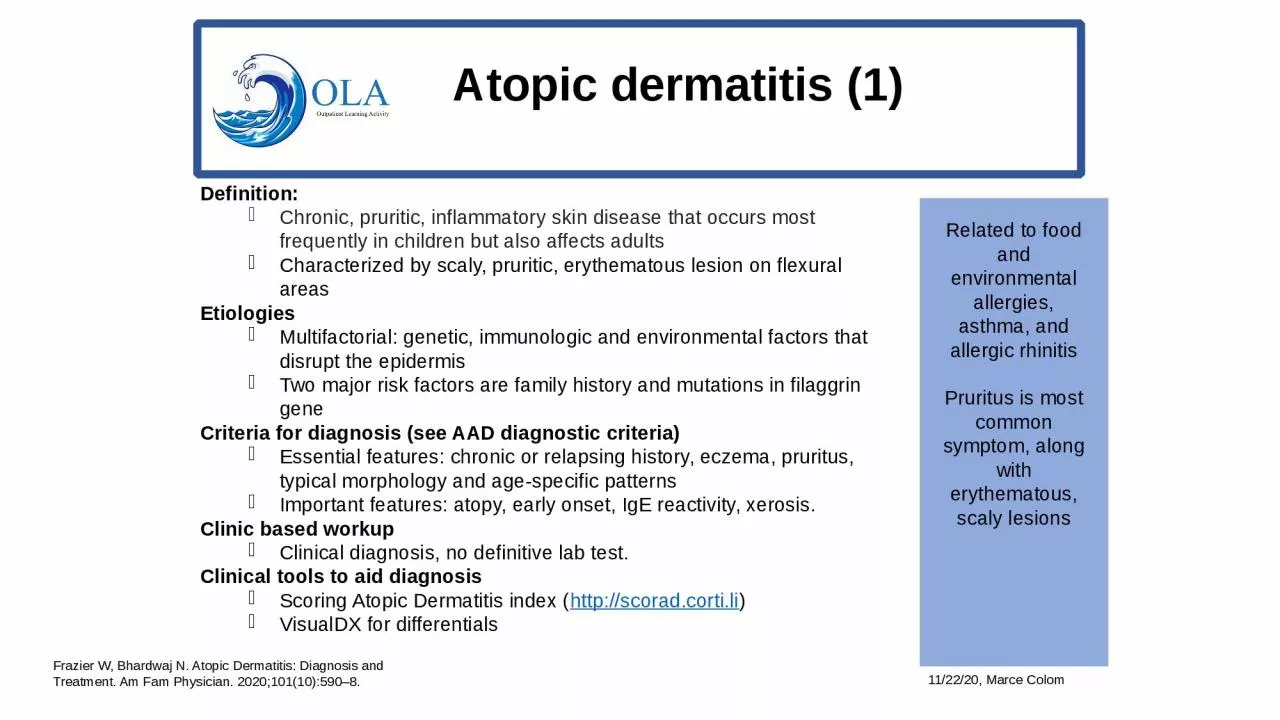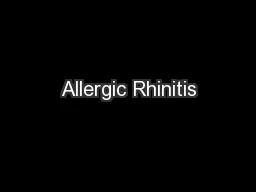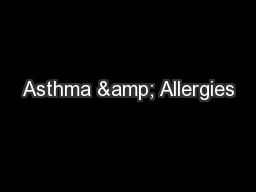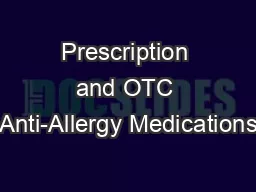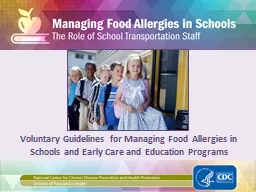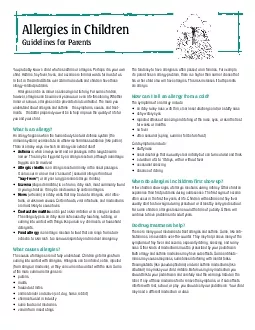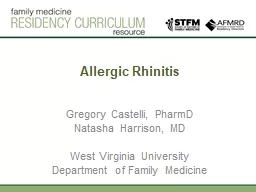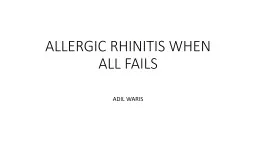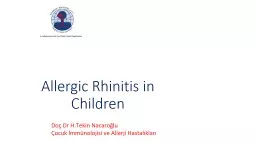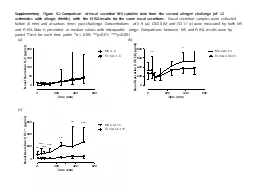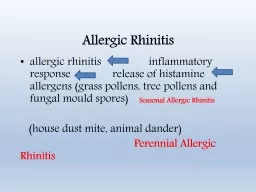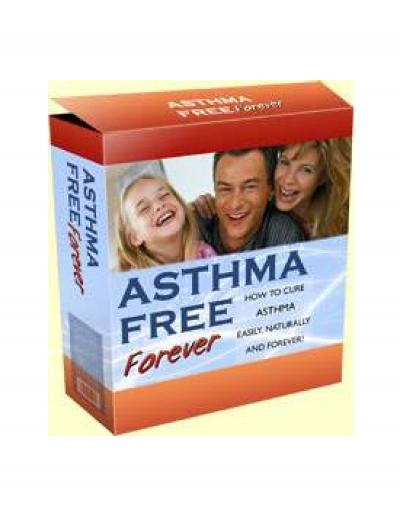PPT-Related to food and environmental allergies, asthma, and allergic rhinitis
Author : bethany | Published Date : 2024-01-03
Pruritus is most common symptom along with erythematous scaly lesions Definition Chronic pruritic inflammatory skin disease that occurs most frequently
Presentation Embed Code
Download Presentation
Download Presentation The PPT/PDF document "Related to food and environmental allerg..." is the property of its rightful owner. Permission is granted to download and print the materials on this website for personal, non-commercial use only, and to display it on your personal computer provided you do not modify the materials and that you retain all copyright notices contained in the materials. By downloading content from our website, you accept the terms of this agreement.
Related to food and environmental allergies, asthma, and allergic rhinitis: Transcript
Download Rules Of Document
"Related to food and environmental allergies, asthma, and allergic rhinitis"The content belongs to its owner. You may download and print it for personal use, without modification, and keep all copyright notices. By downloading, you agree to these terms.
Related Documents

